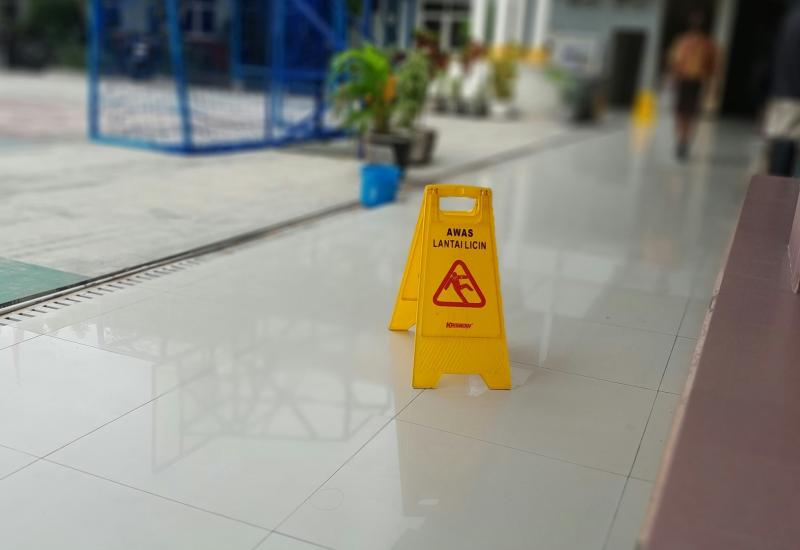
Interview – Coherus sees the stars aligning at last
After two years Loqtorzi is on the US market at last, and Coherus looks to its Surface acquisition to play the combo game.
After two years Loqtorzi is on the US market at last, and Coherus looks to its Surface acquisition to play the combo game.

For Coherus, a company founded as a biosimilars player, branching out into innovative oncology drugs might have seemed strange. Not so, reckons its chief development officer, Theresa LaVallee, who insists that biosimilars brought the manufacturing expertise that enabled Loqtorzi to become the first China-originated anti-PD-(L)1 to gain US approval.
Despite the FDA’s three-year backlog, and China’s Covid-related travel restriction lift only recently allowing the FDA to inspect local manufacturing facilities, the agency “prioritised our inspections”, LaVallee tells ApexOnco. The question now becomes how Coherus builds on Loqtorzi’s US approval, and here June’s acquisition of Surface Oncology comes into play.
Surface, a distressed biotech famous for having tried and failed in CD47 blockade, was picked up for a mere $65m in Coherus stock. But it brought with it the anti-IL-27 agent casdozokitug and the anti-CCR8 MAb SRF114, and both might make useful combos for Loqtorzi.
Pivots
Acquiring Surface was one of several pivots Coherus has had to make in its nine years a US-listed business. “Biosimilars built Coherus,” LaVallee says, but changes here – it costs as much to develop a biosimilar as an innovative product – led to Coherus deciding that the best use of its manufacturing expertise was to license US Loqtorzi rights from Junshi.
That was back in 2021, when “the stance from the FDA was ‘bring the Chinese data here’, and we had anticipated multiple BLAs and multiple approvals”, LaVallee says. But the FDA U-turned, holding an advisory committee that savaged Innovent’s then Lilly-partnered sintilimab, saying Chinese data in a major indication like NSCLC were not generalisable to a US population.
That led to Lilly scrapping its sintilimab deal, and to EQRX abandoning a plan to bring sugemalimab to the US as a low-cost competitor also backed by Chinese data. It also took major Loqtorzi monotherapy indications in melanoma and NSCLC off the table, though LaVallee insists that Coherus's overall stance didn’t change.
Coherus already had a CCR8 inhibitor in development, but this was about a year behind SRF114. “That’s how the conversation with Surface began,” she says, and the attention turned to how best to combine Loqtorzi “since we weren’t able to bring the multiple successful phase 3 studies from Junshi to the US”.
As such, the drug’s US approved indication, first and second-line nasopharyngeal carcinoma, is just a way in. The indication itself is fairly niche, with a US incidence of 2,000-2,500 translating into peak annual sales of $200m.
That said, Keytruda failed its Keynote-122 trial in this use, so Loqtorzi is the only US-approved therapy, and Coherus expects it quickly to become standard of care. And the FDA’s stance on future approvals in nasopharyngeal carcinoma – Akeso/Sino’s penpulimab has been awaiting approval here since 2021 – is an open question now that Loqtorzi is approved.
An obvious initial expansion for Coherus could be into head and neck cancer, of which nasopharyngeal is basically a subset. PD-(L)1 blockade alone hasn’t fared too well in head and neck, but CCR8 has been implicated in the disease, so the potential of a SRF114 combo is clear.
Meanwhile, casdozokitug has shown single-agent activity in PD-(L)1-treated, PD-L1-low NSCLC, LaVallee says, so a combo with this agent could be Loqtorzi’s way into lung cancer, though she accepts that a trial versus standard-of-care Keytruda would be necessary.
Interestingly, she questions the idea of a non-inferiority study, of the type Henlius is running with serplulimab versus Tecentriq in SCLC: “Is this the best usage of patients’ and physicians’ time, versus bringing improved treatments?” As for other combos, Coherus has in-house projects targeting ILT4 (CHS-1000) and TIGIT (CHS-006).
Price challenge?
This all leads onto another question that’s relevant in light of Coherus’s origins as a biosimilars player: will Loqtorzi seek to undercut the prices of established players, as EQRX and others had tried?
Here LaVallee is non-committal, maintaining that “bringing value to the healthcare system is one of the missions” while still being able to make a profit, but also pointing to Udenyca, a Neulasta biosimilar that Coherus developed as a branded product. US pricing for Loqtorzi hasn’t yet been announced.
Already the group claims to be fielding inquiries from other companies wanting to explore Loqtorzi combinations, and given how cheap biotech is at present would another Surface-type deal make sense? For now the focus is to establish Loqtorzi as a foundation for combos, and to return Coherus to cashflow positivity in 2024, LaVallee says.
An inescapable fact is that Coherus today trades 75% below its 2014 IPO price. Whether the group is being valued on the basis of biosimilars or novel oncology drugs is another consideration.
1498













